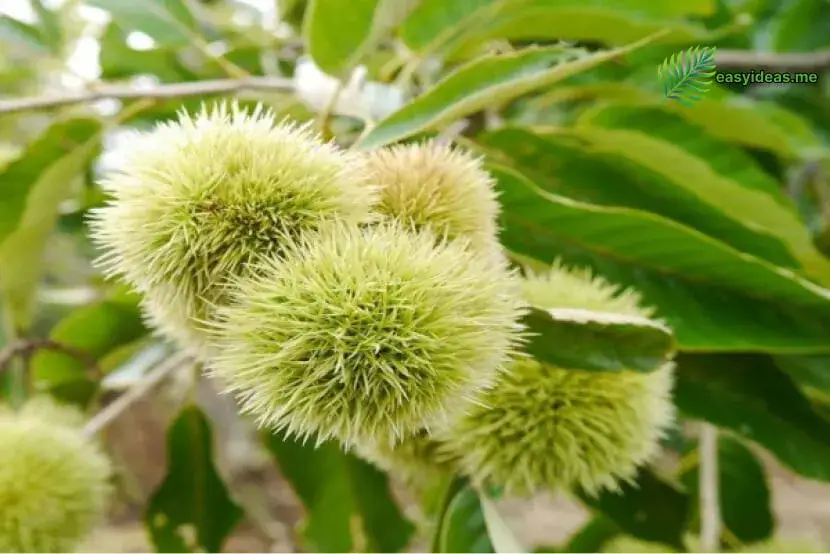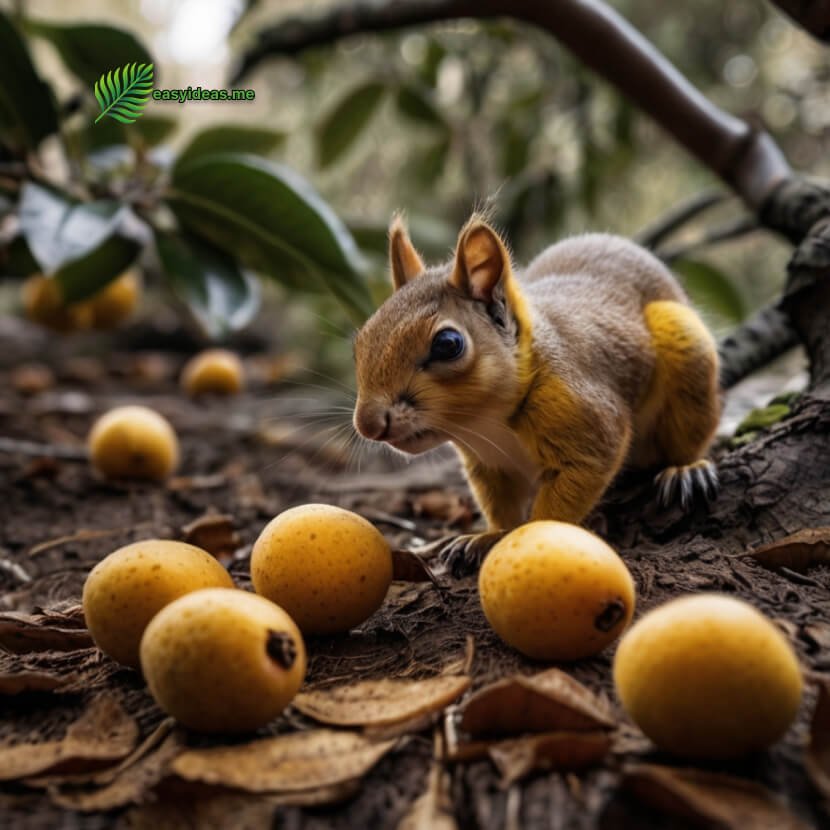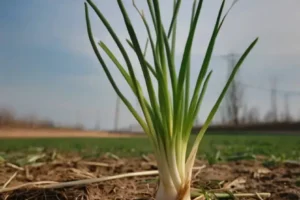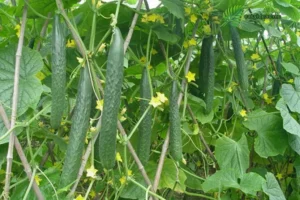Grapes are nutrient-rich and have a sweet taste. If you have an empty piece of land, why not try planting this fruit?
1. Select and Prepare Soil
Choose a planting site that is flat, has deep and fertile soil, and good drainage. In the autumn of the year before planting, perform deep plowing to a depth of approximately 30-40 cm. Apply organic fertilizer as a base fertilizer and follow up with winter irrigation. In relatively dry areas, flatbed planting is suitable, while in damp regions, raised beds or ridge planting is more appropriate. The size of the seedbed should be determined based on the terrain, typically with a bed width of 1 meter and a length of 8-10 meters.
2. Handling Cuttings
In spring, retrieve stored branches from the trench and soak them in clean water for 6-8 hours. Cut the branches into cuttings with 2-3 buds, each approximately 20 cm in length. For varieties with longer internodes, retain 1-2 plump and well-developed buds per cutting. When cutting, trim the upper end flat 1 cm above the bud and the lower end diagonally below the bud, creating a wedge shape.

3. Propagation and Planting
Propagation should take place when the soil temperature is consistently above 10°C. In North China, this usually occurs in late March to early April, while in the northern parts of North China, it often happens in mid-April. During propagation, the spacing between plants should be 12-15 cm, with row spacing of 30-40 cm. Plant 3-4 rows in each bed. Insert the cuttings into the soil, ensuring that one bud eye on the branch is exposed above the ground, and the upper end is not exposed too long on the soil surface. After planting, irrigate, and if possible, cover the soil with plastic film.

4. Planting Maintenance
Before the newly propagated grapevines develop new roots, the soil should not be too dry. Watering should occur every 10 days. If the soil is heavy, water sparingly to prevent poor soil aeration hindering the rooting of branches.

















